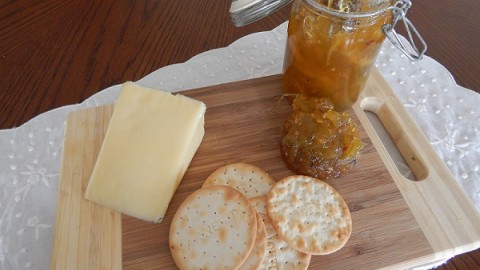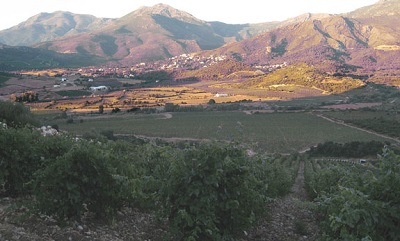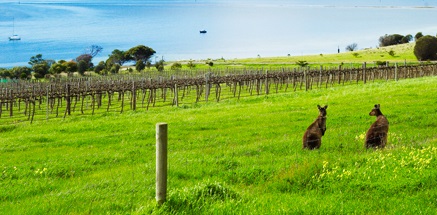One of the best-known ambassadors for French gourmandise is a tiny, egg-shaped pure white candy known as anis de Flavigny. The fact that it appears in the French version of Trivial Pursuit is probably the clearest indication of how well-known it is. Its origins can be traced by to 1591, when Semur, a town near Flavigny, offered such candies as presents to high-ranking guests, making it France’s oldest commercial product of any kind.
The history of Flavigny as a community goes all the way back to Julius Caesar, who set up his camp there before besieging Alesia (only 2½/4kms away) and defeating Vercingetorix. Flavinius, one of this followers, stayed behind and had a villa built, and it was from him that Falvigny took its name.
Widerad, Prince of the Burgundians, was a Christian and founded a monastery run by the Benedictines in 719. When Pope John VIII came to Flavigny in 878 and consecrated the abbey church there, the monks presented him with 3lbs (1.4kgs) of aniseed.
The ancient Romans used to dip almonds in honey and so created the precursor of the dragées. Then in the Middle Ages, French pharmacists created tasty medication using aniseed and other medicinal seeds surrounded by honey. Originally, aniseed was undoubtedly thought of as a medicine rather than a snack.
The Ursuline nuns, on the other hand, whose order established a convent in Flavigny in 1632, had other ideas. They surrounded green aniseed with a sugar shell, which was scented with rosewater or orange blossom water. Production is still based on these techniques today. Only the proprietors have changed, for at the time of the French Revolution, the convent was dissolved and the convent church destroyed. However the inhabitants of the village continued to produce aniseed candies in the old ruins.
The Troubat family have been continuing this tradition since 1923 until today. Manufacturing the tiny aniseed dragées used to be a time-consuming process. The seed had first to be rolled in sugar syrup until it was completely enveloped in it. Next, the syrup had to dry out completely before the next layer of sugar could be applied. This took up to six months, until the candy has attained the desired size, which made it rare and very expensive.
In the middle of the 19th century, beet sugar came into use to make manufacture cheaper, while the development of a dragée machine accelerated production. The beautiful old boilers in which the aniseed rotates – making an ear-splitting noise – still exist, but the steam power has been replaced by electric motors. In this process, the aniseed is rolled to and fro in sugar syrup while the water evaporates and the sugar sticks to the seeds. Like a snowball expanding as it is rolled in the snow, the candy grows until it has attained the size of a pea, the standard size (about 1cm). Even with the assistance of turbines, the growth process of an aniseed candy still takes two weeks.
There are almost a million aniseed dragées rolling to and fro in the turbines, and the average production is one ton per day. It is because of the unchanged manufacturing process, that anis de Flavigny retains its high quality.
The fact that anis de Flavigny has become an institution, however, can be traced to a revolutionary idea from the grandfather of the Troubat family. He replaced the standard cardboard boxes with small metal cans and had them installed in the Paris Metro in some of the earliest automatic vending machines. Nowadays, anis de Flavigny is available in 13 exquisite flavors and in two versions: the classic version in the decorative tin and the organic version using organic herbs, fruit, sugar and flavors,including, for example ginger and Cassis.











